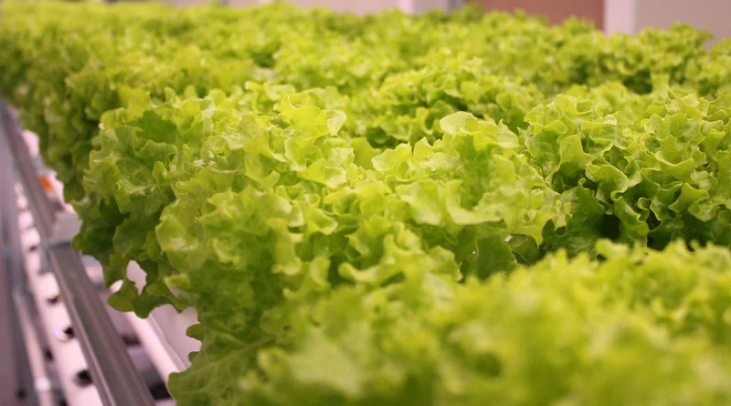As the world grapples with the challenge of feeding a growing population, the future of food will be shaped by innovative solutions that promise sustainability, efficiency and adaptability. Among these groundbreaking advances, hydroponics stands out as a revolutionary approach to agriculture. Hydroponics is revolutionizing the way we think about agriculture because it allows high-quality crops to be grown using less water, no soil and in minimal space.
What is hydroponics?
Hydroponics is a method of growing plants without soil, instead using nutrient-rich aqueous solutions to provide the essential elements for plant growth. The technology not only reduces dependency on agricultural land by eliminating the need for soil, but also allows plants to be grown in controlled environments such as greenhouses and vertical farms.
Advantages of Hydroponics
1. Efficient Water Use
Traditional agriculture uses huge amounts of water, much of which is lost to evaporation and runoff. By reusing water within the system, hydroponics uses up to 90% less water, making it a game changer for water-scarce regions.
2. Year-round production
Hydroponic systems are typically installed in a controlled environment, allowing plants to grow all year round, regardless of external weather conditions. This ensures a steady supply and removes the unpredictability of seasonal farming.
3. Space optimization
Because plants can be stacked vertically, hydroponics maximizes yield per square meter, making it ideal for urban areas where space is limited. Hydroponic vertical farming is a ray of hope for cities striving to become food independent.
4. Chemical Free Plants
In hydroponic systems, the controlled environment reduces the need for chemical pesticides, providing a healthier, cleaner product for consumers.
5. Reduced Carbon Footprint
Hydroponic cultivation minimizes land and water use and the need for transportation when integrated into urban environments, reducing agriculture’s environmental impact.
Applications in Modern Agriculture
- Urban Agriculture: Hydroponic systems are increasingly being used to grow fresh produce locally in urban areas, shortening long supply chains.
- Specialty Crops: Hydroponics allows for the cultivation of rare and popular plants such as basil, lettuce, strawberries, and even medicinal plants.
- Disaster Relief: Portable hydroponic systems can be used in disaster areas to ensure food security.
Challenges and Future Directions
Although hydroponics has many advantages, it also has challenges such as high initial investment costs and the need for technical expertise. However, with technological advances and government support, hydroponics is becoming more accessible.
The role of hydroponics in sustainability
As climate change worsens and natural resources become scarce, hydroponics contributes to a greener and more resilient planet by reducing reliance on traditional agriculture that depletes resources and damages ecosystems. Vision for the future Integrating hydroponics with renewable energies such as solar energy can further improve its sustainability.
Moreover, combining hydroponics with other agricultural innovations such as aeroponics and AI-driven monitoring systems can redefine agriculture as we know it. In a world seeking food security, hydroponics is not just another agricultural technique, it holds the promise of a better, healthier future. By embracing this revolution, we will not only meet the challenges of today, but also lay the foundations for a sustainable future.

